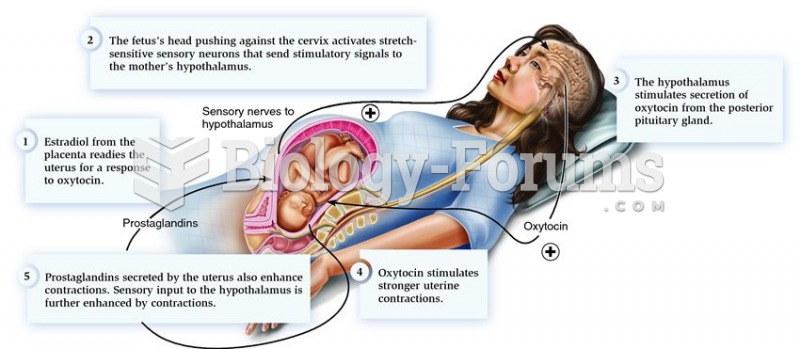Answer to Question 1
The due process perspective is, concerned with people's rights and liberties. Due process advocates believe that the government's primary job is not only to control crime but also to maximize human freedom, which includes protecting citizens from undue government influence. Due process advocates also strongly support the idea that a suspect is innocent until proven guilty. In addition, they place greater emphasis on legal guilt (whether a person is guilty according to the law) rather than factual guilt (whether a person actually committed the crime with which he or she is charged).
In contrast, the crime control perspective emphasizes the importance of controlling crime, perhaps to the detriment of civil liberties. From a cost/benefit standpoint, crime control advocates believe that the benefit to society of controlling outweighs the cost of infringing on the rights and liberties of some individuals. Another way to distinguish between the due process and crime control perspectives is to consider the distinction between means and ends: Crime control is more concerned with the endswiping out crime, or at a minimum, mitigating its harmful effects.
Answer to Question 2
Some court decisions are made in the theoretical world, which is somewhat disconnected from the day-to-day operations of law enforcement within the real world. Americans are taught that the courts and the Supreme Court, in particular are charged with interpreting the Constitution and the laws of the United States. They are further taught that law enforcement should accept such interpretations uncritically and without much reflection. While these understandings are mostly true, theory and reality can still differ. Some Supreme Court decisions have little influence in the real world, and in some cases may even be flatly ignored.







